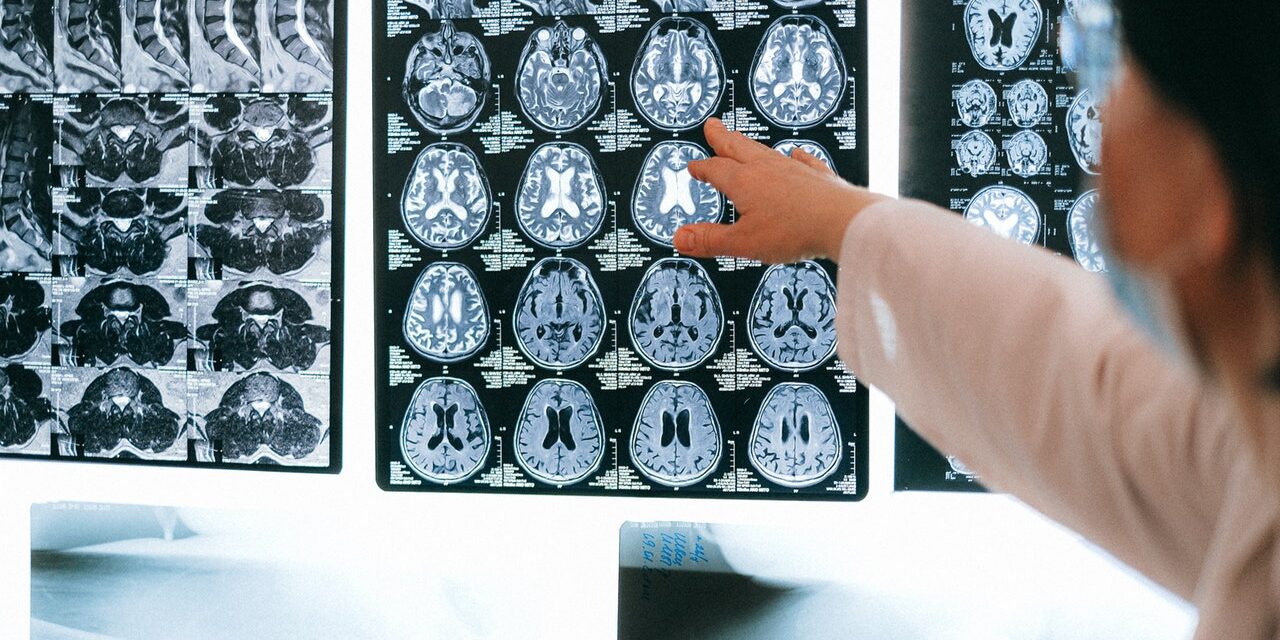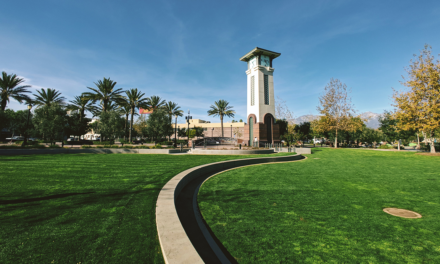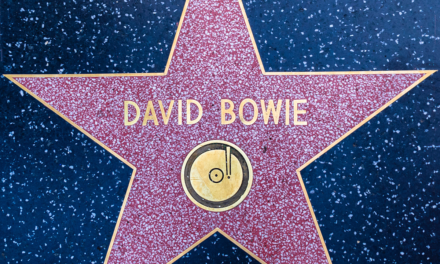A diagnostic radiologist is a doctor specializing in medical imaging.
The specialization is among the highest paid in the field of medicine in the US. The aging baby boomers are likely to increase the demand for diagnostic radiologists, whose expertise will be invaluable in treating cancers and neurological and cardiovascular disorders connected with old age.
How long does it take?
It takes up to thirteen years to become a diagnostic radiologist.
A physician can specialize in medical imaging only after completing medical school and general residency requirements. After that, a license and a certificate in medical imaging are also needed.
Like any other person intending to practice medicine in the US, diagnostic radiologists too must clear the United States Medical Licensing Examination.
Why so long?
The journey starts with four-year bachelor’s degree.
The four-year grind follows this in medical school. The first two years are spent in the classroom and laboratory learning all about anatomy, physiology, neuroscience, biochemistry, immunology, pharmacology and pathology.
The remaining two years are for working with patients, their families and gaining practical knowledge from doctors and medical staff in clinical rotations. Finally, an MD degree is awarded.
This is followed by a residency program of five years, which gives clinical training and experience. The first year is taken up in a non-radiology residency, and the remaining four in radiology residency.
Specializations
Breast imaging, cross-sectional imaging, thoracic imaging and genitourinary radiology are among the subspecialty expertise available in the field. The subspecialization needs another year or two years of clinical practice, research and training.
Get a License
Getting a license and certification complete the journey.
State medical licensing boards make it mandatory to pass the United States Medical Licensing Examination. It consists of three examinations. The first two are taken in the medical school and the third during the first year of residency.
The qualifying and oral examinations of the American Board of Radiology must be passed to get a certificate in diagnostic radiology or any of its sub-specialties.
More Exams
But the learning never stops.
For maintaining credentials, diagnostic radiologists must undergo professional development training and pass a qualifying examination after every ten years.
What do they do?
These physicians use medical technologies, such as those for taking X-rays, MRIs, 3D medical images, sonograms and CT scans, to diagnose and treat patients.
They can spot the causes of injuries or illnesses that may not have been noticed during a normal examination. Some diagnostic radiologists also perform minimally invasive procedures. They repair blood vessels by inserting miniature instruments through catheters into them.
Cost and Benefits
The time and money spent in becoming a diagnostic radiologist are worth it. These doctors are not just the best paid but also the least hassled.
Unlike the stressed surgeons or gynecologists who are always at the beck and call of a patient, diagnostic radiologists have a set work schedule. This leaves them with more time for the family and for pursuing other interests.





